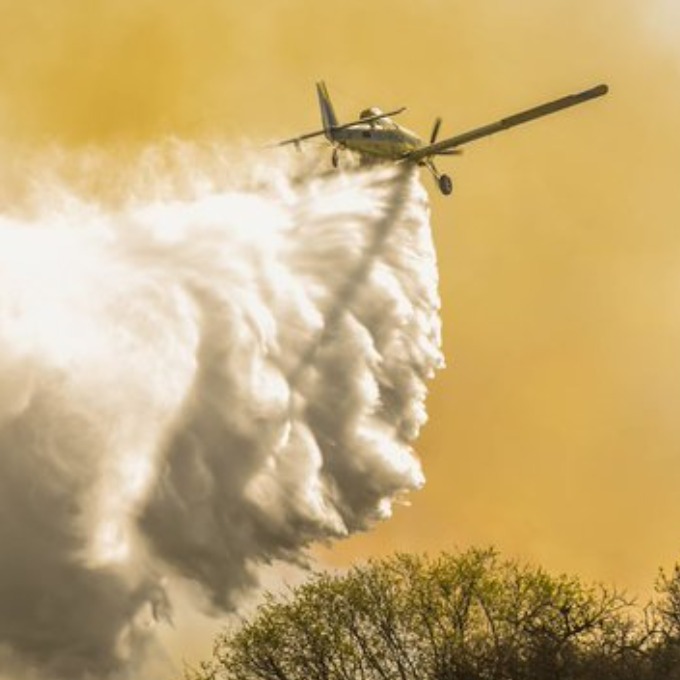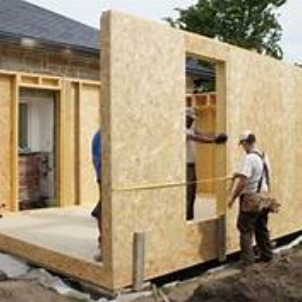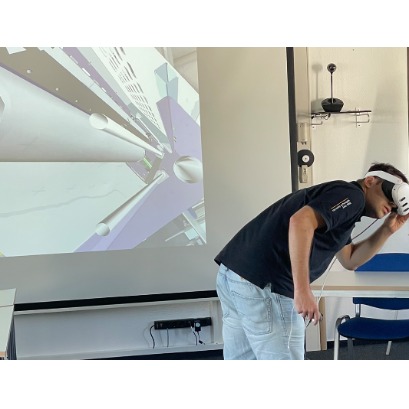
Córdoba | Neas fire management plan adds to the fight against fires with brigades, aerial and land media
Luis Chemes, director of the Provincial Fire Management Plan and the Base of PNMF NEA in Apostles, highlighted the complexity of the situation due to the topography and vegetation of the region of the Cordoba mountains. He also valued the importance of rapid attack and awareness and dissemination through the media about the problem. Through the National Fire Management Plan, the province of Misiones sent fifteen brigades and air and terrestrial media to Córdoba to help in the fight against forest fires that affect the region. This was confirmed by Luis Chemes, director of the Provincial Fire Management Plan, in dialogue with Misiones online.
The NEA regional, composed of missions, currents and between rivers, has its base in apostles and has aerial and land means provided by both the nation and the provinces. When any of the three provinces require help because they feel overwhelmed, the brigades of the National Fire Management Plan are attended, said the director, the fires in Córdoba have specific challenges due to the injured topography and the vegetation composed of grasslands , rocky land and hardwood shrubs. The situation becomes extremely critical because the wind becomes the dominant situation, he said. In addition, he stressed that fires affect populated areas, which further complicates extinction work. Before the situation in Córdoba, regional ones close to the province were first to work. Not being sufficient both personal and mechanical and aerial elements, the presence of other participants from other regional ones is required. The province provides three helicopters. Nation has a helicopter and hydrant plane and then we have countless forest vehicles adapted for the region, said Chemes. Despite this mobilization, the red earth maintains enough resources and personnel in its territory to respond to possible local emergencies. The director of the Plan Provincial Fire Management emphasized the importance of rapid attack in the fight against fires. The combo that occurs in that region and that we also have in Misiones, is low humidity, few rainfall, strong winds and accumulation of a lot of material, Both fine and thick. And that makes the component extremely complex, Chemes explained. It stressed that the fundamental premise is the rapid attack to prevent the fire from spreading. It is complex, I repeat, for the topography, for the type of vegetation, because they are populated places, this makes much more complex, sometimes one trying to defend one sector neglects the other and with the presence of the winds it is complicated and much. The last information we had began to control by sectors, not in the entire, by sectors. That does not mean that he is extinguished, he came to control, he said. Finally, Chemes thanked the dissemination of the information by the media, since he considers the awareness to prevent fires. Raising awareness and doing the work we all do, I think we can reach a good end. I do not say to completely eradicate the habit of enabling a floor to burn, but do all collections so that it does not happen to adults closed.
IT MAY INTEREST YOU
 They present the Elárbol project in the Ecology Cycle
They present the Elárbol project in the Ecology Cycle
The transmedia initiative reflects the importance of Argentine native flora and focuses on the carob tree as an emblem tree. Today, at 6:�� p.m., at the Argentine Library This Thursday, October 3�, at 6 p.m., the Elárbol project is presented in the Ecology Cycle coordinated by Sergio Rinaldi at the Argentine Library.
 Renovations, construction of houses and extensions made of wood gain speed, comfort and efficiency in the country
Renovations, construction of houses and extensions made of wood gain speed, comfort and efficiency in the country
In private neighborhoods, the Coast, the Coast and Patagonia, the choice of homes with dry works is growing. Speed, low environmental impact and energy savings.
 Real and virtual commissioning: Hymmen leverages digital twins to improve project management efficiency.
Real and virtual commissioning: Hymmen leverages digital twins to improve project management efficiency.
Bielefeld, 1�/22/25 – The ideal scenario is one in which a production plant functions perfectly even before commissioning. However, a more detailed analysis of plant projects often reveals a different reality: unexpected challenges often arise during on-site commissioning that must be resolved with considerable deadlines. Hymmen demonstrates how digital twins can offer a solution. By simulating the production process in advance on a 1:1 scale and taking into account all relevant variables, this technology allows timely intervention at critical points.





















